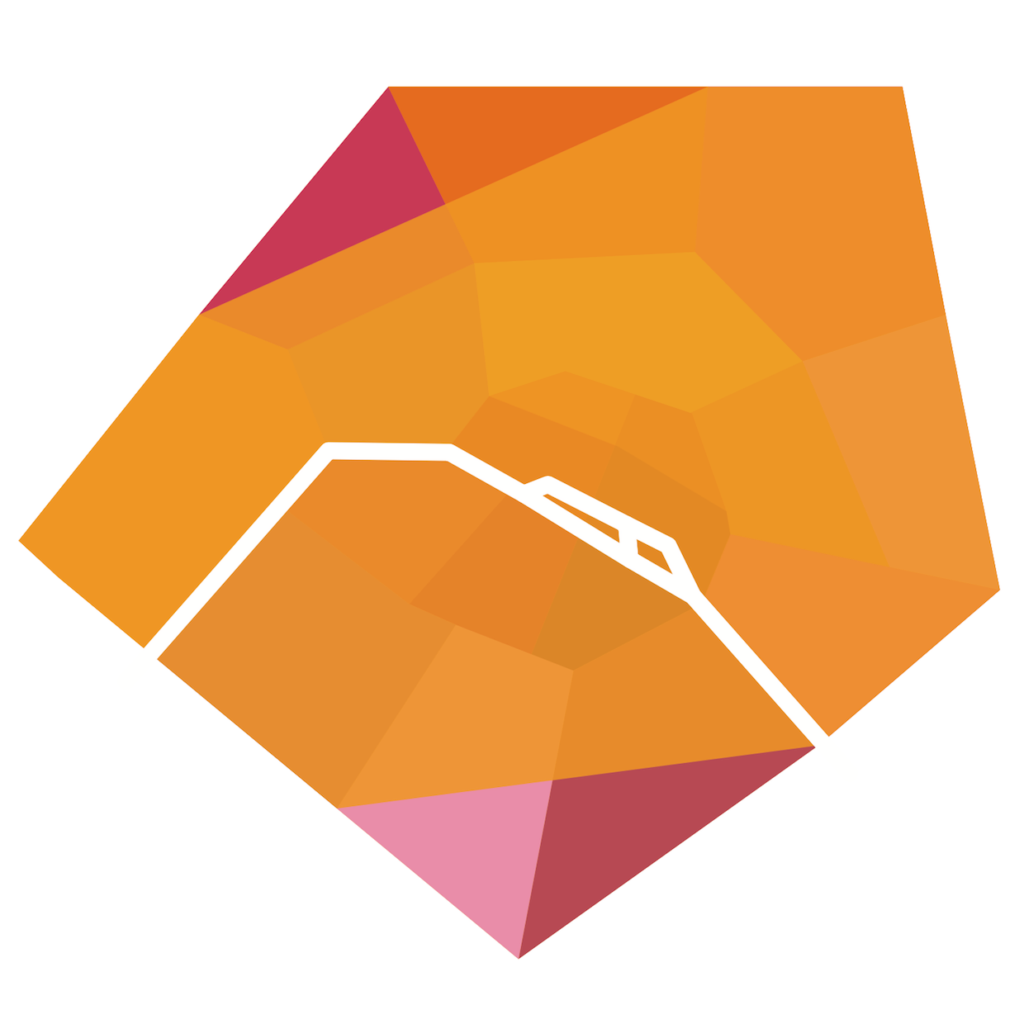Itinerary
A short itinerary to discover 8 museums of all types, from the obvious ones to the hidden gems !

8 stops
1. Marmottan Monet Museum
Located near the Ranelagh district, in the former hôtel particulier of art historian Paul Marmottan, who gifted both the place and his collections to the Academy of Fine Arts in 1932, the museum exhibits a large napoleonic collection, works of italian primitives, a collection of illuminations… And above all the biggest collection of impressionist master Claude Monet’s works in the world. The museum incidentally bears the master’s name.
The famous Impression soleil levant, the Pont japonais, Reflets sur la Tamise or the 1916 to 1919 Nymphéas are all here.
Other impressionist and post-impressionist masters are also present in the museum’s collections.
Source : translated from Wikipedia contributors, “Musée Marmottan Monet“
2. House of Balzac
This is now a museum, with a nice garden and café, and of course a great view on the Eiffel Tower. Balzac lived there from 1840 to 1847 under the pseudonym Breugnol, to escape his creditors.
3. Wine Museum
You’ll reach the museum through… des Eaux (“waters”) street) ! Yes, mineral water sources were once discovered here. Oh, the irony.
Open in 1984, the Wine Museum occupies underground quarry galleries. In this maze-like structure are presented various wine-related tools and informations on subjects ranging from wine tasting to wine preservation through grape harvesting.
Alcohol abuse is detrimental to your health. Please drink with moderation.
4. Chaillot Palace and Trocadero Gardens
Created during the 1937 International Exhibition, the Chaillot Palace replaced the old Palais du Trocadéro and now tops the hill of Chaillot. It was designed in classicizing “moderne” style by architects Louis-Hippolyte Boileau, Jacques Carlu and Léon Azéma.
It is in the Chaillot Palace that the United Nations General Assembly adopted the Universal Declaration of Human Rights on December 10, 1948. It was also the initial headquarters of NATO.
The Chaillot Palace features two wings shaped to form a wide arc. They are independent buildings separated by a wide esplanade that leaves an open view from the place du Trocadéro to the Eiffel Tower and beyond. The Trocadéro Gardens occupy the open space bounded to the northwest by the wings of the Palais de Chaillot and to the southeast by the Seine and the Pont d’Iéna.
The place was named in honour of the Battle of Trocadero, in which the fortified Isla del Trocadero, in southern Spain, was captured by French forces led by the Duc d’Angoulême, son of the future king, Charles X, on August 31, 1823.
Source : Wikipedia contributors, “Trocadéro“
5. Buddhist Pantheon at the Guimet Museum
This little known second building of the Guimet Museum (which specializes in asian arts) houses mostly Japanese (and some Chinese) works. It occupies the Hôtel Heidelbach.
Since 1991, it also has a very nice Japanese garden with a genuine little Japanese tea house (chashitsu) built in 2001 and where are regularly organized actual tea ceremonies.
6. Palace of Tokyo
The Palais de Tokyo (Palace of Tokyo) is dedicated to modern and contemporary art. The eastern wing hosts the Musée d’Art Moderne (Museum of Modern Art of the City of Paris). The western wing hosts, since 2002, the Palais de Tokyo / Site de création contemporaine. Both wings are symmetrical, on each side of an axis that runs perpendicular to the river Seine.
The Palais de Tokyo was inaugurated in 1937, at the time of the International Exhibition of Arts and Technology. The original name of the building was Palais des Musées d’art moderne (“Palace of the Museums of modern art”).
The “Site de création contemporaine” has unusual opening hours (see below) and emphasizes a less formal approach to art than more traditional museums or art centers. It is one of the most visited art center in Europe.
Source : translated from Wikipedia contributors, “Palais de Tokyo” et “Musée d’art moderne de la Ville de Paris“
7. Palais de la Découverte
Even if it occupies the west wing of the Grand Palais, being then very close to the Champs-Elysées, one tend to forgot the existence of this nonetheless very interesting Palais de la Découverte (“Discovery Palace”) , a science museum and cultural center created in 1937.
It features interactive experiments and scientific demonstrations which are both playful and stimulating, for kids as well as adults. There is even a beautiful planetarium.
Since 2010, the Palais de la Découverte merged with the Cité des Sciences et de l’Industrie (also in Paris) in a single institution.
8. The Jeu de Paume Museum
Build in 1861, it initially housed palm games (“jeu de paume”) courts, the indoor precursor of tennis, hence its name. A museum in 1909, it exhibited impressionist works of art that can now be seen in the d’Orsay Museum. Since 2004, it focuses on contemporary photography, video and experimental movies. It possesses also a remarkable bookshop.
CulturalMuseum
Map, navigation, practical information, extra pictures and more are available on the Paris Parcours app.
